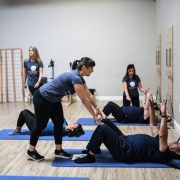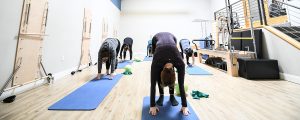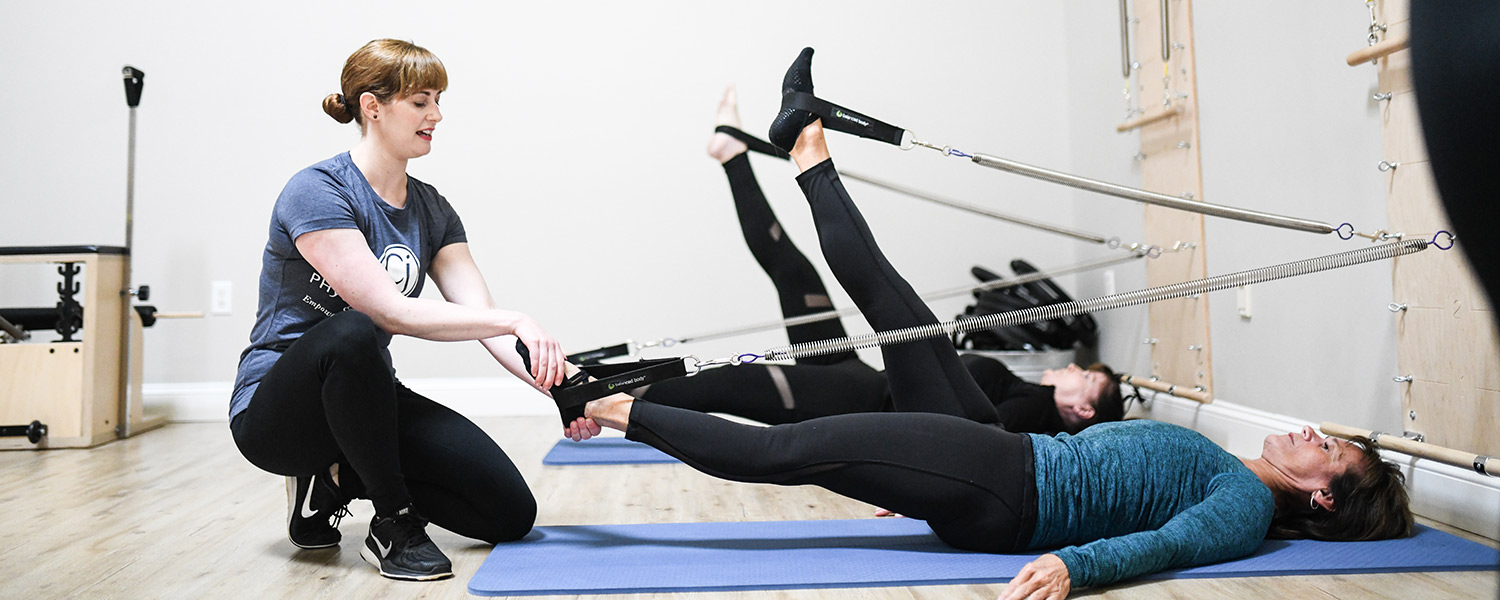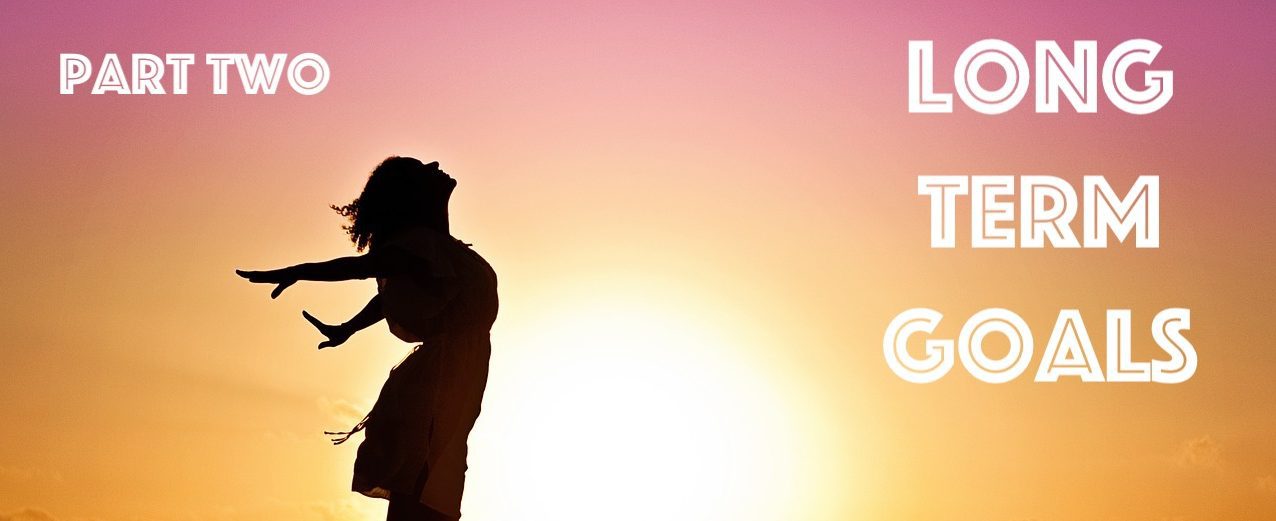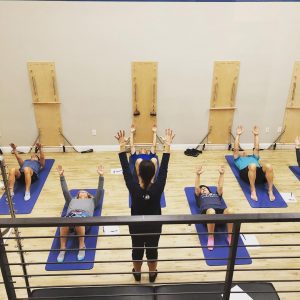How to NOT let Aches and Pains Ruin your New Year’s Goals
It’s that time of year, when we start looking ahead and setting goals for ourselves. It’s especially exciting now because we aren’t only entering a new year – but a new DECADE!
Exercising more and losing weight are the top New Year’s resolutions on everyone’s lists year after year. But what if you’re suffering from back or knee pain? One of the worst things you can do is ignore pain and assume that by simply exercising more or losing weight, your ailments will just go away. It’s certainly a reasonable expectation, however, I typically see an influx of people calling my office right around March because these aches and pains have not only worsened — but derailed their New Year’s goals completely.
I don’t want to see that happen for you. So here are my top tips to NOT let aches and pains ruin your New Year’s goals:
1. Get assessed by an expert:
Your first thought might be to go see your doctor if you’re suffering from something like back or knee pain. But most medical doctors are trained to screen you for problems like broken bones or serious pathologies – not to actually assess your movement. You need to know how your pain behaves during everyday functional movements to truly fix it – and to avoid unnecessary procedures and surgery. X-rays, MRI’s, or simply moving your limbs around on a treatment table won’t do that… but that is what a medical doctor is trained to do. A specialty physical therapy practice will be able to assess your movement in detail, through various movement tests, which will tell a much better story about how your pain may or may not impact the new exercise or weight loss program you’re about to start. Plus, we’ll be able to give you customized modifications so that you can embark on your new goal while decreasing your risk of injury.
2. Mobility before Stability:
This is a saying you hear me say all the time in my office. Your muscles won’t function at their best if you don’t have optimal joint mobility. In other words, you don’t want to strengthen around a stiff joint, or you’ll encourage compensation. Full and free mobility requires adequate flexibility in your joints as well as your muscles. Most people don’t think – or even know – how to assess their joint mobility. If you’re suffering from chronically stiff joints, you’ll want to get them checked before you start a new exercise program. I recommend seeing a movement expert, like those employed in our office, to make sure you’re ready and able to start on that new exercise program you’re so excited about!
3. Stay Hydrated:
Drinking lots of water has two great benefits. It will give you the extra hydration you need if you’re planning to be more active. And it will help you lose weight by curbing your appetite. Some additional benefits of staying hydrated include increased muscle strength and stamina, more lubrication in your joints, more supple skin, better cardiovascular function, and improved energy and mental alertness. One really easy tip to jumpstart your day and improve your daily hydration intake is to begin with 10 oz of water first thing upon waking. Add a squeeze of lemon for extra vitamin C and supported weight loss.
4. Pace yourself:
It’s very appealing and motivating to go “all in” on your new exercise or weight loss goal and 10x it… and I applaud you for it. But remember, you have 12 months, and really, the rest of your life to accomplish your goal in any way that you see fit. In other words, take pleasure and pat yourself on the back for simply setting a goal. That’s a first step that many don’t even get to. Be proud of yourself for setting an intention and envisioning a better quality of life. To give yourself the best odds of staying on that path, I encourage you to listen to your body and take your time in acclimating to a new exercise program. Don’t fight your body if it’s talking to you. Our bodies talk to us for a reason. If you need help figuring out what your body is trying to say to you – click here to schedule a FREE Discovery Session with us in Portsmouth. We’re happy to translate for you!
Happy New Year – and Happy New Decade!


